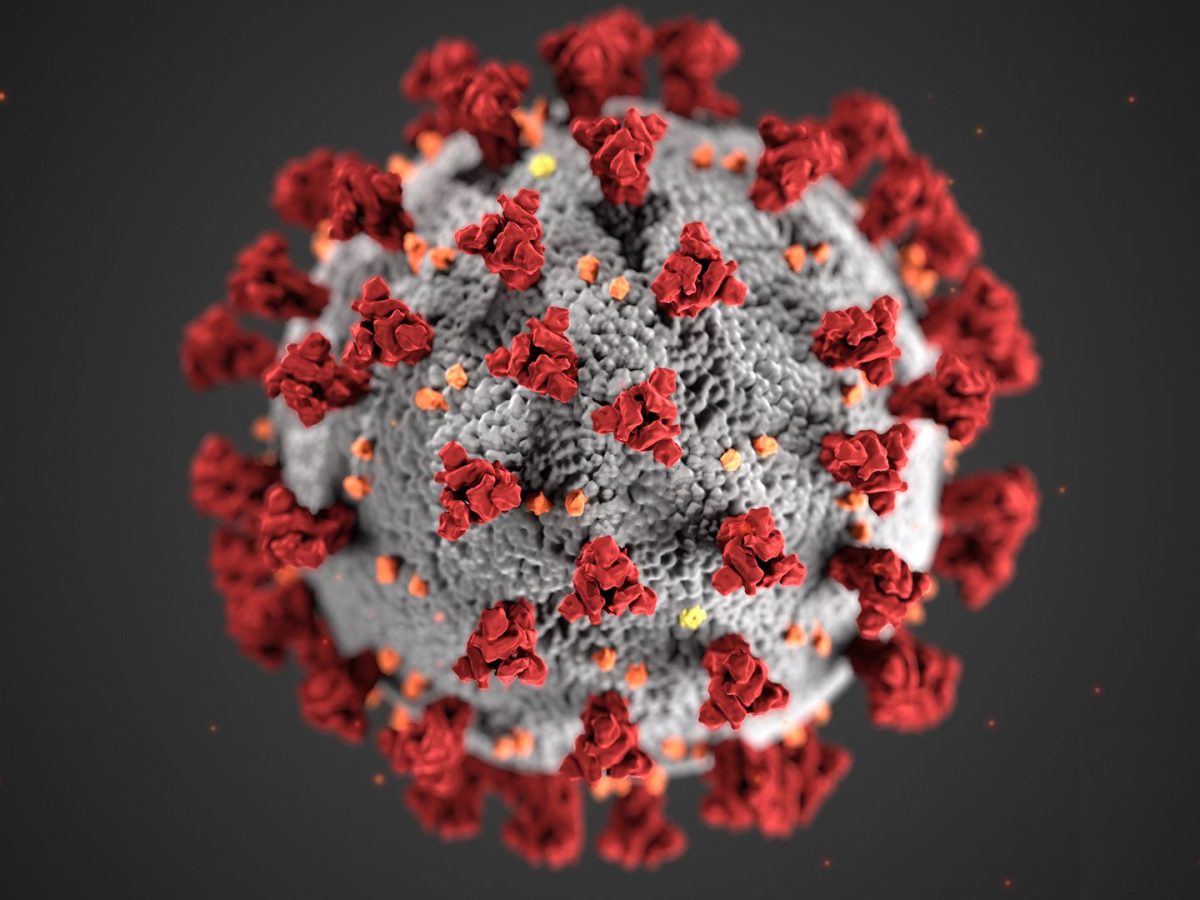As if 2020 wasn’t enough, Apple has decided to start the new year off with a massive roadblock to mobile advertising. Any day now, Apple’s new iOS14 App Tracking Transparency (ATT) Framework will require apps to ask users for permissions, via a prompt, to track them across third-party apps and websites.
With Apple threatening to block them from the app store, Facebook has agreed to use the Tracking Transparency Prompt (TTP), as the alternative would have been detrimental to the businesses that rely on their advertising services.
So, what’s the big deal?
Well, according to our agency data, iOS users represent the majority of audiences that convert to a purchase. Now, take the 100 million iPhone users in the United States alone and it becomes clear that the data and behavior being tracked via iOS is the lifeblood of the Facebook algorithm.
Now, imagine a portion of those users suddenly “opt-out” of tracking (or to be technically accurate, they don’t ‘opt-in’). Overnight, their behavior disappears, conversion events are lost, and attribution is delayed…
In short, the golden days of “going broad” are coming to an end. The data advertisers once relied on will no longer be as accessible, reliable, or actionable. This will affect everything from targeting and optimization to attribution and reporting. In addition, Facebook will update it’s entire ad platform to allow for the iOS14 impact, which means all advertisers will be affected. As such, we will need to adapt our processes quickly to survive these new hurdles.
In this article, we will walk you through the new iOS14 privacy policies and the immediate implications to the way we advertise on Facebook. We will also discuss action items you can take today and how to prepare for the future of online advertising.
But first, Video Breakdown…
How the prompt will work
Step 1: Tracking Transparency Prompt will appear to all iOS14 users
Facebook will show a pre-prompt (as seen below) which will provide additional context about their data use to encourage tracking.
Step 2: Opt-in or opt-out option
- If user opts-in: No change to data use
- If user opts-out: Data use is limited (restricts, aggregates, and delays event attribution). After opt-out, Facebook will only be able to receive information on ONE event completed after an ad click.
Step 3: Opt-out solutions
Apple has created their own ad tracking protocol called Private Click Measurement (PCM) for those who opt-out of tracking. This restrictive measurement “solution”, will severely limit data for advertisers. Here’s a snapshot of PCM implications.Apple: Private Click Measurement (PCM)
Does NOT support:- App-to-web conversion measurement – This means you cannot track any user on your website that would normally trigger any of the following event types: Page View, View Content, Add to Cart, Initiate Checkout, Purchase, and any other custom events.
- Cross-domain measurement – You will no longer be able to track behavior across different domains.
Facebook: Aggregated Event Measurement (AEM)
Limits transmission of user data while still supporting critical advertiser use-cases
- Supports App-Web attribution at launch
- Enables flexibility for other platform privacy propositions (e.g. Privacy Sandbox)
While AEM must operate with limited data, undermining its functionality, it does allow for slightly more information to be gathered and used by advertisers.
With Facebook’s AEM, when a user clicks from the in-app ad to the website, one event can be tracked. This event will be determined by your pre-set event ranking, discussed below in more detail.
What’s Changing
i. Business tool set up
One of the biggest changes that will go into effect are the new event restrictions. Going forward, advertisers will only be able to optimize and report on 8 events per domain (9+ events can still be used for targeting).
Up until now, we’ve been operating with unlimited events and custom conversions. However, after ATT is implemented, any campaigns optimizing for more than 8 events will be automatically paused by Facebook.
In addition, the number of events for global companies may still be limited across domain names (no matter the number of pixels) depending on the domain naming structure. Here’s a guide to see how your domain will be categorized.
- Eg. website.ca and website.com are DIFFERENT Domains. So 8 events can be tracked for each of those domains.
- website.com/ca and website.com/us are the SAME Domains. ca.website.com and us.website.com are the SAME Domains. So you will only be able to track 8 events across all of those domains.
Event Configuration
To operate successfully within the new rules, you must rank your top 8 events in order of importance. Example: 1. Purchase 2. Initiate Checkout, etc. Upon opt-out, FB will only receive information on one event completed after an ad click. Therefore, the event tracked will depend on your chosen prioritization.
For example, say your events are ranked as follows: 1. Purchase 2. Added To Cart 3. Viewed Product, 4. Viewed Homepage, and so on. A user, who has opted-out of tracking, clicks your ad and continues to your website. They View Homepage, View Product, and eventually reach the Added To Cart event. In this scenario, Facebook will report back to you that the user Added To Cart, but will not report that they Viewed Product, Visited Homepage, or any lesser ranked actions. This is important to take into consideration when looking at campaign performance overall.
To help advertisers adapt to the new ranking system, Facebook has created a tool to help businesses determine their top 8 events. Although they will initially rank your top 8, you’ll want to confirm and make any necessary changes asap. Due to data delay, any change in events or configuration will result in ad sets being automatically paused for 3 days and you will need to manually restart those ad sets after the 3 day period.
Key actions to take now: 1. Verify Domains in Business Manager 2. Enable server-side tracking / Conversions API
ii. Optimization and targeting
As data becomes limited, performance is anticipated to decline. Custom audiences sizes will shrink and advertisers will face difficulties optimizing.
When users opt-out of tracking, it takes away our ability to clearly define target segments. Without this data, we cannot accurately exclude users who have performed certain actions, because those events will not have been recorded. For example, past purchases who have opted-out of tracking could easily be shown a prospecting campaign despite exclusions.
iii. Measurements
What’s changing:
- Limited reporting windows and lack of visibility into conversions
- New default attribution window: 7 day click (previously 7 day click, 1 day view)
- 7 day view, 28 day click, 28 day view are being removed
The elimination of reporting windows will create its own unique set of challenges. First, businesses will see fewer reported conversions. Remember, there will still be conversions, we just won’t be able to see them or use that information. To get ahead of this change, take a look at your 7-day click data in comparison to other attribution windows and assess the correlation before they are removed.
To accompany the lack of conversion data, demographic breakdowns such as gender, age, and location are also being removed. Going forward, we will no longer be able to see who is converting. However, these breakdowns will still be available for clicks and ad impressions, giving us some insight into our audience.
Given the dramatic changes in measurement and reporting, our metrics of success must evolve. This means previous ROAS targets will need to be revisited as less data will be giving credit to ads and our measure of success must be recalculated.
Key actions to take now:
- Download as much of your 28-day data as possible before Facebook removes this attribution window.
- Compare the relationship between the 28-day and the 7-day data so you can develop an understanding of what success looks like for each account within the 7-day window.
Facebook Recommended Action Items
- Verify domain in business manager (Brand Safety > Domains > DNS Verification)
- Choose and prioritize 8 pixel events per domain prior to the opt-in enforcement to avoid disruption to campaigns
- Prepare for attribution window changes and update automated rules. Understand how many of your conversions fall outside the new 7-day click default window
- Brainstorm campaign optimization strategies to test (ie. alternative audiences, bid types and amounts, etc.)
- Implement Facebook’s Conversions API (directly in Shopify or via Google Tag Manager)
Right Hook Recommended Actions
- Plan & prepare for strategies that have lesser reliance on:
- Dynamic Ad Retargeting
- Real-time reporting
- Longer than 7-day windows
- Start looking at list-building and omni-channel strategies; focusing on your backend marketing (email, messenger, SMS), influencer marketing, landing page optimization and community building. Creating a long-term strategy across multiple channels will help sustain growth and add to lifetime value.
- Switch to a holistic approach when measuring performance
As Facebook attribution gets more complicated and less accurate, shifting your focus away from ROAS will help you see the bigger picture, so you can make informed marketing decisions for your business overall.
Instead, we suggest using ACOS, or Advertising Cost of Sale, as your main KPI (Key Performance Indicator). ACOS is how much you spend across marketing channels, versus what your Shopify revenue reflects.
Using ACOS allows marketers to assess where you are in all marketing channels, so you can see the immediate impact of changes, patterns, and problems that Facebook ROAS will no longer be able to help you diagnose.
For more information on how Right Hook is adopting and implementing ACOS, read our article here (Link to ACOS Article).
Although it might feel like the advertising apocalypse is upon us, it’s important to remember that not all tracking will be lost forever.
You still have the 7-day attribution window, from which patterns will emerge. Also, it’s important to remember that custom audiences can still be built on actions taken within the platform (i.e. saved posts, video views, comments, etc.)
Custom audiences will be allowed, so even if someone has opted out, if they are a past purchaser or a subscriber to your SMS or email, you can upload that data and target them with ads.
We also know that Facebook is working on something to help track advanced clicks. It’s in the works and not a lot of information is out yet, but it should help with attribution loss. As always, we’ll be on top of this and will be one of the first to implement it into our client strategy.
At Right Hook, we see this as an opportunity to help our clients stand out from the rest. While others panic, we research, pivot, and find solutions that will keep our clients growing through iOS14 and beyond.
Additional Resources
Facebook Webinar Replay “Our Stance on Apple’s iOS 14 Policy Requirements and Guidance to Help You Plan”:
https://www.facebook.com/business/m/s…
Facebook article “Preparing our partners for iOS 14: Mobile Web Advertising”: https://developers.facebook.com/blog/…
Facebook article “How Apple’s iOS 14 Release May Affect Your Ads”: https://www.facebook.com/business/hel…
YouTube video “iOS 14 and Facebook Ads – What’s Going To Change In 2021?” https://youtu.be/k6qzTL9DkVg
Foxwell article “Facebook’s Conversions API (CAPI) and How to implement it with your Shopify site” https://www.foxwelldigital.com/blog/2020…
Facebook article “How To Verify Your Domain” https://developers.facebook.com/docs/sharing/domain-verification…
Singular’s article “Key takeaways from Facebook’s major iOS 14 updates today”: https://www.singular.net/blog/faceboo…
Mobile Dev Memo’s article “Understanding Facebook’s updated iOS14 advertising guidance”: https://mobiledevmemo.com/understandi…
Webkit (Safari) article “Privacy Preserving Ad Click Attribution For The Web”: https://webkit.org/blog/8943/privacy-…
Shopify’s Cookie Policy: https://www.shopify.com.au/legal/cookies
Apple’s “User Privacy & Data Use” article: https://developer.apple.com/app-store…





